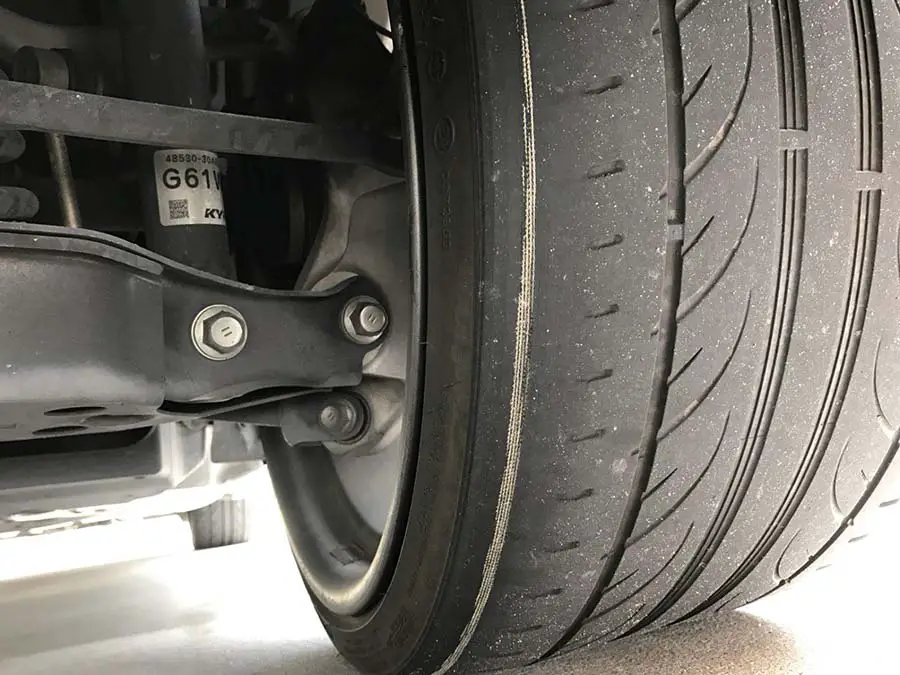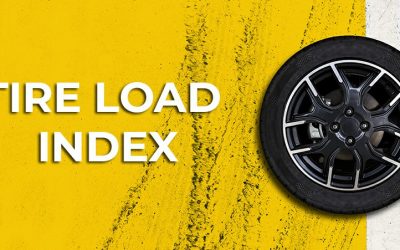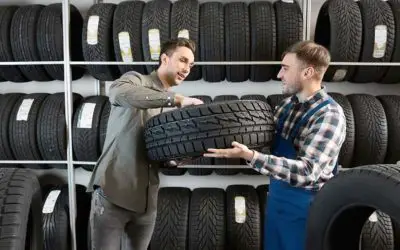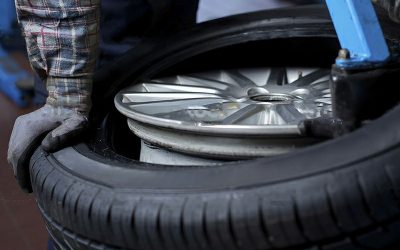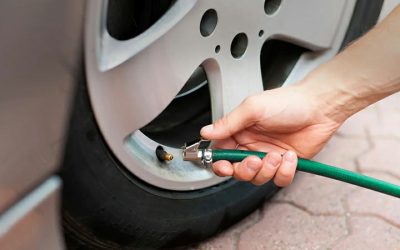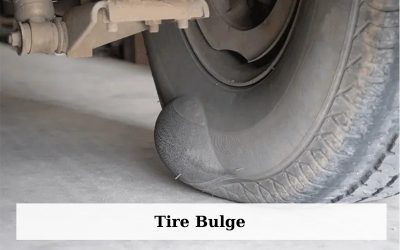When using a tire for a while, the tread will gradually wear out and affect overall performance. Overlooking the risk of inside tire wear can be dangerous as it could make your car slip easily, especially during wet conditions. You must change the tire soon when there are some unusual signs of wear.
Regularly checking the tread depth and wear of each tire will not only help you determine when to change tires but can also maintain the right tires to use and protect the tires longer.
If you are not technically knowledgeable in vehicle checking, this article is for you. We are here to help you with essential information about the reasons for tire wear on inside and how to solve this issue. Without further ado, let’s get started
What Causes Tires To Wear On The Inside?
Worn Ball Joints
Ball joints perform a crucial function in keeping the tires rolling smoothly. Its socket and ball design link the tire’s lower and upper control arms to the hub assembly.
They are the primary cause of uneven tire wear or tire cupping. When you see cars with more wear on the inner tires, worn-out ball joints might be one of the main causes.
As the ball joint ages, normal friction makes the ball and ball joint to loosen and create a certain extent of freedom. The free play enables unintentional movement of the handlebar joint itself, thus having a relative impact on the respective tires.
As a result, a torn-out lower ball joint might change the vehicle’s pitch angle, causing wear on the inner tires. A prevalent indication of damaged ball joints you can notice is your suspension components making strange noises as you drive over speed bumps.
Underinflated Tires
Insufficiently inflated tires will cause wear on the inside and outside without deteriorating the middle tread bands.
It would be better if you checked the tire pressure according to the manufacturer’s specifications on the label inside your car door. You should own a portable tire inflator to regularly monitor tire pressure to avoid slamming, deflation, or loss of control.
Camber Angle Issues
The camber angle is the angle of the tire relative to the flat road surface below it. If you are looking at your tire from the front of the car and see the bottom of the car facing out and the top of the wheel leaning inward, you have a negative camber angle and vice versa. If the top of the tires is leaning out, your car has a positive camber angle.
A normal vehicle has a negative camber of 0.5 to 1° to ensure optimal traction and braking with even tire wear patterns. Camber wear takes place when the angle is greater than this range, which is not recommended for a vehicle normally requiring excessive tire movement.
If the vehicle has too much negative camber, you may experience the following problems:
- A negative camber angle that is too large can cause steering issues.
- When your tires have less contact with the road, it will be more difficult to control your vehicle wheels. And your ability to control the steering wheel in the rain will decrease.
- If the camber angle difference is too large, irregular tire wear and uneven wear will occur more frequently.
- Your wheels may fall off due to increased wear and tear on the parts that hold them
Damaged/Worn-Out Suspension Components
A vehicle’s springs and struts don’t simply absorb road vibrations and shocks associated with the potholes. These parts also play an important role in keeping the vehicle’s ride height. The set stroke height directly affects the vehicle’s camber, potentially causing more tire wear when damaged.
Unfortunately, when a vehicle is heavily used, the springs are prone to sagging, reducing the ride height significantly. In addition, any noticeable impacts can cause tilting of the strut post, which leads to misalignment of the camshaft specification.
As a result, uneven tire wear is common. Fixing such concerns often requires replacing components or replacing affected springs.
How To Fix Inside Tire Wear?
Here are some guidelines to help you deal with tires worn on inside of your car:
Get Your Wheels Aligned
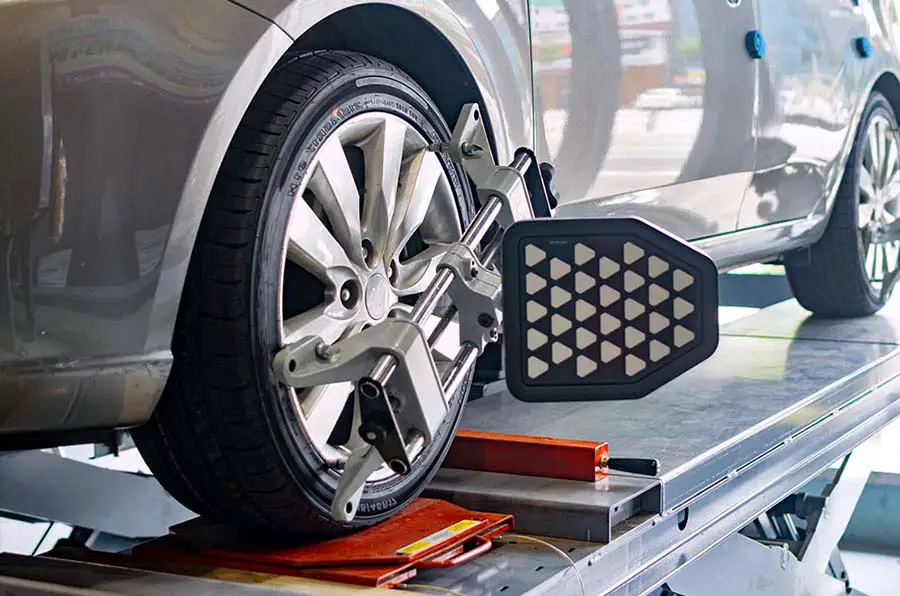
Misaligned wheels can foster internal tire wear to occur. The car will automatically pull over to the left or right side of the road without you touching the steering wheel. You may have to constantly adjust the hand wheel to stay straight when driving on.
Keep Your Tires Inflated At All Times
Tires that are either over-inflated or under-inflated bring uneven tire wear. You can find the manufacturer’s recommended tire pressure on a sticker on the inside of the door when you open it.
You can also find this sticker inside the trunk lid, fuel cap, or dashboard. The recommended pressure for conventional cars is usually between 30 and 35 PSI.
Make Sure Your Wheels Are Balanced
Ensuring your wheels are properly balanced will promise a smooth ride and consistent tire wear. The tire experts also advise adjusting new tires as soon as they are put beneath your car. This would keep them from developing interior wear.
Is It Fine To Continue Using Unevenly Worn Tires?
Tires can be unsafe even if worn a little more than the standard. According to some tests, the tires have lost a significant amount of traction while being used for half the time specified by the manufacturer.
And that becomes even more worrisome when we can’t control how many worn tires are on the road. On average, almost 50% of the 11,500 cars, pickups, trucks and sportscars inspected were using tires that were worn up to 50%. Also, an additional 10% of vehicles use tires with little wear.
People using worn tires will have a very high risk of death when driving on wet roads because the tire grooves are not deep enough to do the job of draining the tires.
And the expected result is the wheels will slip, not receiving control commands from the steering wheel. It’s a nightmare for drivers at a time when the rainy season is coming.
How Much Does It Cost To Fix Inner Tire Wear?
The cost varies depending on the level and how complicated the process is. If you only require a wheel alignment, it may cost between $50 and $100.
In case you have problems with your ball joints or suspension control arms, the expense might be in the $300 range. Suppose you need to replace all steering components or ball joints. You can be charged over $2,000 with labor included.
Conclusion
It is important to know what is attributable to excessive wear on your tire and how to fix it. Accelerated inside tire wear can bring severe consequences such as a higher risk of accidents, inefficient fuel consumption, or harder steering control. These sorts of issues are costly and require immediate fixing.
After reading this post, we hope you can better understand this topic. Try to keep your decent quality tires in good condition by following what we have provided above. We are delighted that this article can help.

